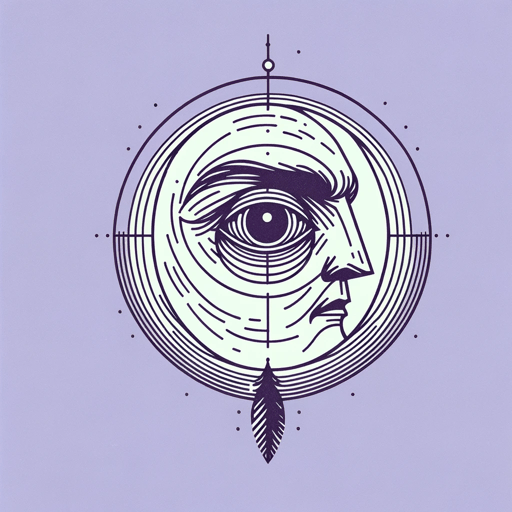37 pages • 1 hour read
Edgar Allan PoeThe Tell-Tale Heart
Fiction | Short Story | Adult | Published in 1843A modern alternative to SparkNotes and CliffsNotes, SuperSummary offers high-quality Study Guides with detailed chapter summaries and analysis of major themes, characters, and more. For select classroom titles, we also provide Teaching Guides with discussion and quiz questions to prompt student engagement.
Symbols & Motifs
Body Parts: Eyes and Heart
The body plays a central role in “The Tell-Tale Heart.” The murder is inspired by the old man’s eye and is purportedly solved by his heart. Additionally, the murder itself takes the form of dismemberment.
The eyes are traditionally considered windows to the soul, but they also allow people to observe and interact with the surrounding world. In this story the eye could represented the ability to think rationally. The narrator’s obsession with the old man’s eye and its subsequent suggest that they have lost their ability to reason.
The heart is often interpreted as a symbol of a person’s ability to feel emotions, such as love. Thus, it could be seen as a representation of morality. Right before the murder, the narrator hears a loud heartbeat and assumes it is the old man’s. This could mean the protagonist’s rational or moral side is trying to stop the crime. However, the narrator kills the source of the heartbeat, symbolically destroying their better nature. At the end, balance is re-established when either the heart begins beating loudly once more, allowing the crime to be solved and the criminal punished. In the end, the murderer’s faulty logic and rationality are defeated by the return of morality.
Related Titles
By Edgar Allan Poe

A Dream Within a Dream
Edgar Allan Poe
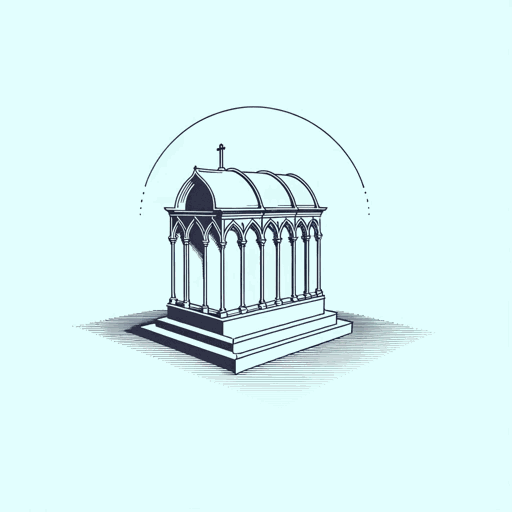
Annabel Lee
Edgar Allan Poe

Berenice
Edgar Allan Poe
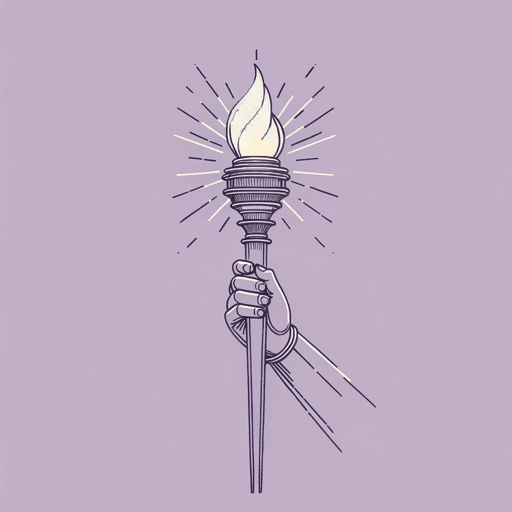
Hop-Frog
Edgar Allan Poe
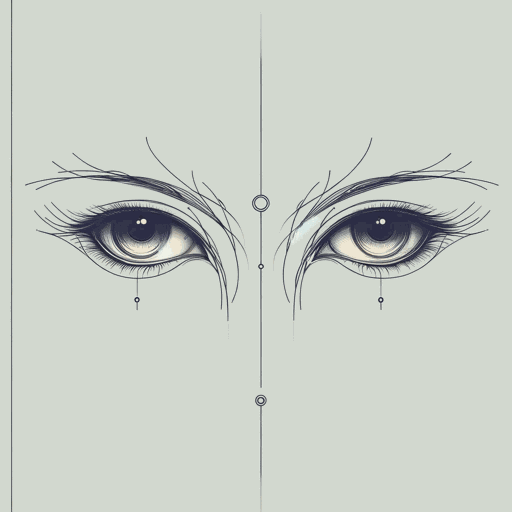
Ligeia
Edgar Allan Poe

Tamerlane
Edgar Allan Poe

The Black Cat
Edgar Allan Poe
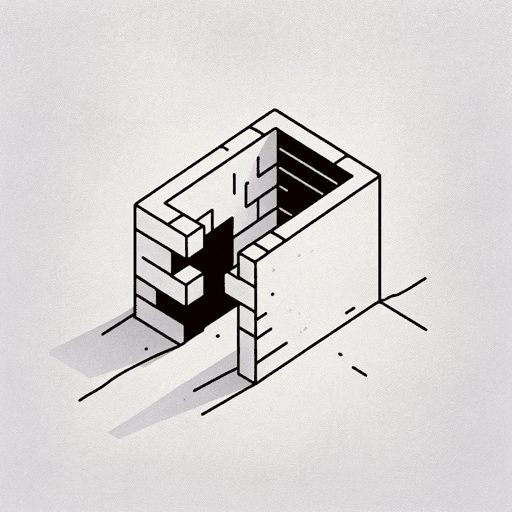
The Cask of Amontillado
Edgar Allan Poe
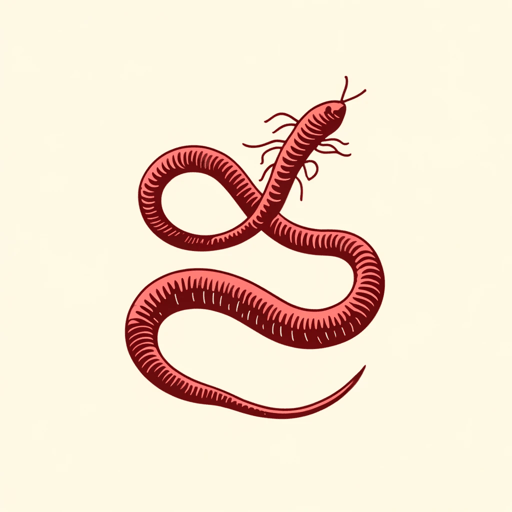
The Conqueror Worm
Edgar Allan Poe
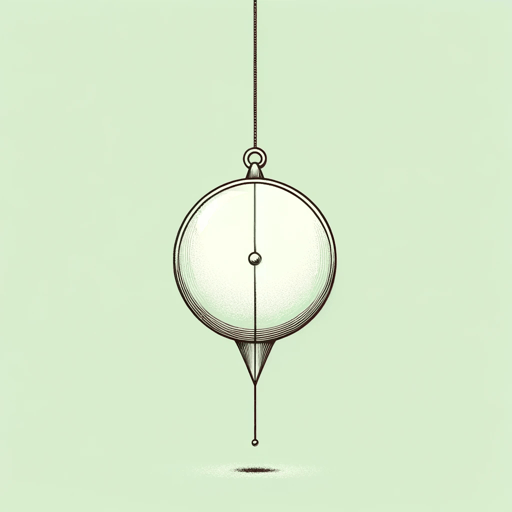
The Facts in the Case of M. Valdemar
Edgar Allan Poe

The Fall of the House of Usher
Edgar Allan Poe

The Gold Bug
Edgar Allan Poe

The Haunted Palace
Edgar Allan Poe
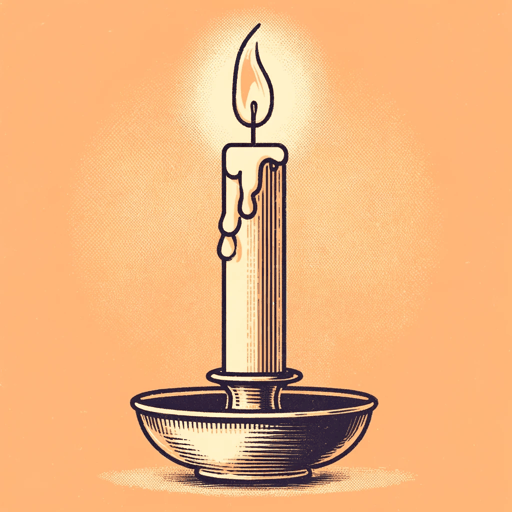
The Imp of the Perverse
Edgar Allan Poe

The Lake
Edgar Allan Poe
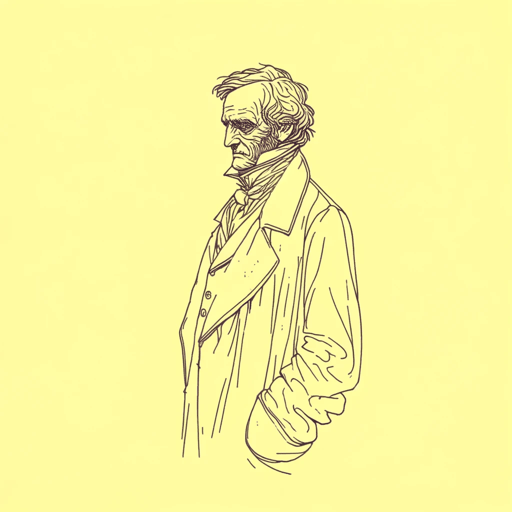
The Man of the Crowd
Edgar Allan Poe

The Masque of the Red Death
Edgar Allan Poe

The Murders in the Rue Morgue
Edgar Allan Poe

The Narrative of Arthur Gordon Pym of Nantucket
Edgar Allan Poe

The Oval Portrait
Edgar Allan Poe
